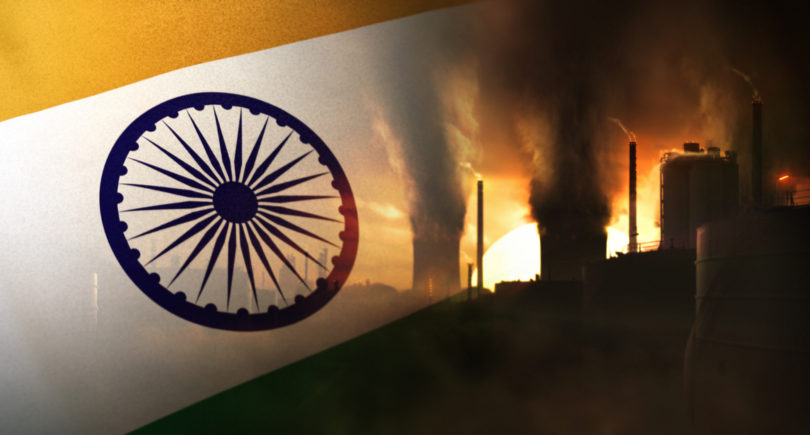
Opinions State localization 735 23 November 2022
The relocation of enterprises to the western regions of Ukraine provides a chance to form an industrial segment that did not exist there before the war
As a result of hostilities in many regions of Ukraine, a significant number of industrial enterprises were damaged or destroyed. A certain part of the capacities was relocated to other regions or even neighboring countries. Operating enterprises have significant problems with demand and logistics, access to credit resources, etc. This threatens the de-industrialization of Ukraine, although even before the war industry rarely felt support from the state.
Current situation
Deindustrialization in Ukraine began long before the invasion of Russia, and even before the start of the war in 2014. We can trace this by the dynamics of the shares of the processing industry in GDP and in exports.
If in 2007 the share of the processing industry in Ukraine’s GDP was about 18%, then in 2021 this share will decrease to a critical 10%. The same applies to exports: in 2007, the share of the producing industry in exports was about 73%, and in 2021 – about 37%. That is, over the past 15 years, Ukraine has gradually lost its industrial potential, increasingly becoming a raw material country – both in terms of GDP and exports.
Now the war is actually killing off our industry, as hostilities affect those regions where it was most developed. These are the Kharkiv, Zaporizhzhya, Dnipropetrovsk regions, parts of Luhansk and Donetsk regions previously controlled by Ukraine, including Mariupol and other cities. Some enterprises were physically destroyed, others were badly damaged. Some of these enterprises were high-tech, so rebuilding them from scratch will be extremely difficult.
A certain number of enterprises have moved to the west of the country and are trying to restore capacity. Ukraine will probably keep these productions. For the western regions, this is a chance to form their industrial segment of the economy, which was not so powerful there before the Russian invasion. The third category is enterprises that have moved outside of Ukraine. And this will be a challenge for the state: can we bring them back?
I also want to convey an opinion that is not obvious at first glance: if deindustrialization had not taken place even before the war and if the share of the processing industry in GDP was about 20%, then perhaps there would not have been a war, or at least we would have been better armed. After all, in this case, we would independently produce much more weapons and sophisticated equipment, and we would have more budget revenues to finance the army. And the enemy would think many times before attacking us.
What should be done?
The state should establish the development of industry as a priority. And, accordingly, to form a set of tools that will contribute to the development of high-tech industries.
No country in the world has been able to achieve the development of the processing industry within the framework of the free market concept. All developed countries applied a wide range of incentives to make this industry emerge.
Of course, victory in the war will give a significant impetus to the development of the economy and industry in particular. But I believe that a lot can be done now. I will name the main tools that can contribute to the creation of industries already during the war.
Firstly, military risk insurance.
Secondly, access to long and cheap money. We understand that with loans under 40% from commercial banks, there will be no investment in industry.
In developed countries, access to cheap money is provided by the Development Bank. We don’t have such a bank. But we have, for example, the “5-7-9%” preferential lending program. However, it is mostly used by trading companies, not producers. Therefore, its priorities should be revised.
We have a grant program from the government for the processing industry. It provides that the producer can receive a grant of UAH 8 million. But the number of these grants is limited. The amount of funding for this program should be increased.
The third is offset the costs of capital investment in the processing industry through taxes. In this way, our Western neighbors lure Ukrainian enterprises to them.
The fourth is stimulation of exports of the processing industry. We have had an Export Credit Agency for several years. It already provides a service that provides loans for the production under export contracts, but in small amounts. These limits should be increased, as well as the range of export financing services should be expanded.
Fifth – expansion of localization in public procurement. Let me remind you that the relevant law (No. 1977-IX) was adopted in December 2021, and it entered into force already during the war – in July 2022. This tool needs to be continuously strengthened, relying on the production capacity available in the country.
Industry support tools can also be added to the list of development of industrial parks.
The sector of the military-industrial complex needs and will need special attention. Here, the state must transform from a passive observer to a demanding and capable customer. There is a rule proven by practice: if a state does not buy military products of its own producers, then other states will never do it either.





